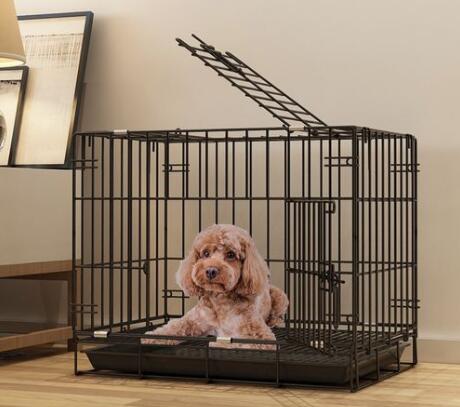When it comes to choosing a material for window and door screens, homeowners often find themselves deciding between aluminum and fiberglass. Both materials have their unique advantages and disadvantages, and the choice ultimately depends on the specific needs and preferences of the individual. In this article, we will explore the features, benefits, and drawbacks of aluminum and fiberglass screens to help you make an informed decision.
Durability and Strength
One of the primary considerations when selecting a screen material is durability. Aluminum screens are renowned for their strength and resilience. They can withstand harsh weather conditions, which makes them a great choice for areas with high winds or heavy rain. Aluminum is resistant to warping, cracking, and sagging, ensuring a long lifespan.
On the other hand, fiberglass screens are not as robust as their aluminum counterparts. While they are designed to be flexible and resistant to tearing, they may not hold up as well in extreme conditions. However, fiberglass screens are suitable for residential environments, and many homeowners find that they meet their needs perfectly.
Installation and Maintenance
When it comes to installation, both materials have their own requirements. Aluminum screens typically come in frames that are easy to install, and they can often be cut and adjusted to fit various window sizes. The installation process can be fairly straightforward, making them a popular choice among DIY enthusiasts.
Fiberglass screens, while also available in pre-made frames, may require a bit more precision during installation. They are often installed without frames, which can be more challenging for some homeowners. However, fiberglass screens are relatively easy to clean and maintain, as they do not rust, which makes them a good option for those who prefer minimal upkeep.
Aesthetics
which is better aluminum or fiberglass screen

When it comes to appearance, both materials have distinct looks that can impact your home’s curb appeal. Aluminum screens come in a variety of colors and finishes, allowing homeowners to choose options that complement their home’s design. However, the metallic finish may not appeal to everyone, especially those looking for a more natural appearance.
Fiberglass screens, on the other hand, provide a more subtle and less industrial look. They tend to blend better with traditional home designs and are often available in various colors. Additionally, the finer mesh of fiberglass screens allows for greater visibility, making it easier to enjoy outdoor views without obstructions.
Cost Considerations
Budget is also a significant factor when choosing between aluminum and fiberglass screens. Generally, aluminum screens tend to be more expensive due to the material’s durability and long-lasting nature. However, their longevity may offset the initial investment over time, as homeowners may need to replace fiberglass screens more often.
Conversely, fiberglass screens are typically more affordable, making them an attractive option for those who want to save money upfront. The decision may depend on how much you are willing to invest in a screen solution now versus the potential need for replacements in the future.
Conclusion
In determining which screen material is better, aluminum or fiberglass, it truly comes down to your specific needs and preferences. If you prioritize durability, strength, and low-maintenance options, aluminum may be the best choice for you. On the other hand, if you prefer a more aesthetic appeal, a more affordable option, and are willing to accept a shorter lifespan, fiberglass could be the right fit.
Ultimately, both materials serve the essential purpose of keeping bugs out while allowing fresh air and light into your home. It's essential to weigh the advantages and disadvantages according to your unique situation, ensuring that whichever option you choose will serve you well for years to come. Whether you lean towards the rugged durability of aluminum or the subtle charm of fiberglass, making an informed decision will enhance the comfort and functionality of your home’s environment.

















